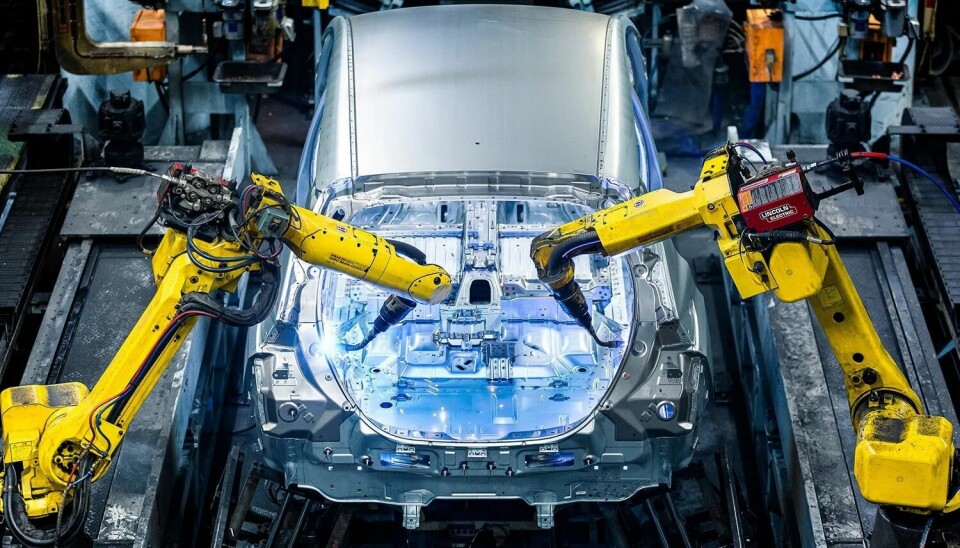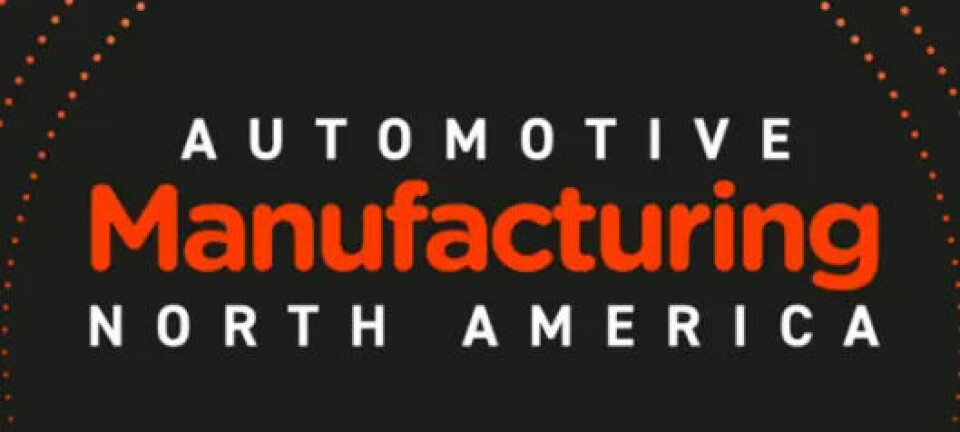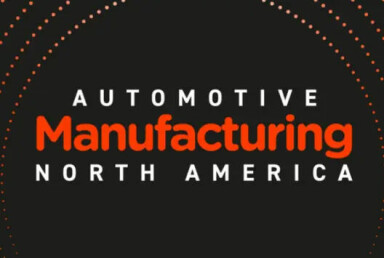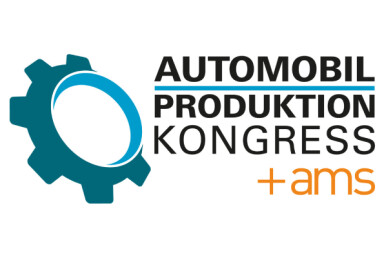Support for advanced manufacturing
UK auto sector set to receive £2.5 billion boost from Government

Part of the wider Industrial Strategy, the programme hopes to increase advanced manufacturing capabilities and R&D efforts, especially for electric vehicles and batteries.
The UK Government launched a new initiative, DRIVE35, to support the UK’s automotive manufacturing, and research and development (R&D) capabilities.
The initiative featured in the Advanced Manufacturing Sector plan, part of the wider Industrial Strategy launched at the start of July. A total of £2 billion ($2.68 billion) has been allocated to the sector until 2030, covering funding competitions and grants. A further £500m ($670m) has been earmarked for R&D investment until 2035.
The Department of Business and Trade (DPT) reported that investment is available for projects at all scales, ranging from large scale manufacturing projects, to start-ups and prototypes. Previous grant competitions run by the Automotive Transformation Fund (ATF) and Advanced Propulsion Centre UK (APC) formed the basis for the DRIVE35 programme, which funnelled £6 billion ($8 billion) of investment into the automotive sector.
In 2024, the automotive industry contributed £21.4 billion ($28.7 billion) in gross value added (GVA) to the UK economy and employed 132,000 people. These include highly skilled and highly paid roles.
It is hoped that DRIVE35 will encourage further growth. Business and trade secretary Jonathan Reynolds commented: “Economic growth is our number one priority, and by funding our world leading auto sector we are creating the right conditions for increased investment, bringing growth, jobs and opportunities to every part of the UK.”
Increased volatility in global trade, recently caused in part by fluctuating tariffs, have prompted players across the automotive industry to invest in localising production. More regional sourcing and manufacturing can help shore up resiliency across the value chain by reducing susceptibility to disruptions and increasing efficiency. This can be through reducing the distance between suppliers, manufacturing sites and markets, as seen in the recent agreement between Polestar and Volvo Cars.
“The importance of a long term, cross-government strategy with specific measures for automotive cannot be understated given the challenges facing the sector amid geopolitical uncertainty and fierce global competition.”
The measures outlined in DRIVE35 could help encourage OEMs and tier suppliers to locate their regional manufacturing efforts in the UK, giving the country’s production output a much-needed boost. Recent statistics revealed that the UK’s output for April was the lowest it had been for over 70 years, and some OEMs have hinted at halting production of certain models in the UK.
Mike Hawes, CEO of the Society of Motor Manufacturers and Traders (SMMT), stated, “The importance of a long term, cross-government strategy with specific measures for automotive cannot be understated given the challenges facing the sector amid geopolitical uncertainty and fierce global competition.”
Increased regional manufacturing can also be leveraged for better market access or to capitalise on potential manufacturing capabilities. Toyota, for example, moved production of the GR Corolla to the UK from Japan to better meet US demand and take advantage of the UK’s motorsport expertise. Recent trade deals between the UK and the US, as well as with India and the EU, could strengthen the appeal of the UK in this regard. The country is “positioned to be able to be at the forefront of trade,” commented Sally Jones, deputy director of trade strategy, Department for Business and Trade, earlier this month at the SMMT’s International Automotive Summit (IAS).
However, there are concerns that more investment is required to make the UK a viable location for nearshoring activities, especially for OEMs targeting Europe. Also speaking at the IAS, Steve Turner, assistant general secretary, manufacturing at Unite the Union argued that high energy costs were a deterrent for automotive manufacturers. In the UK, energy costs are “completely disproportionate to our competitors,” he said, explaining that the price disparity would make other EU countries more appealing and hinder future manufacturing endeavours.
“We’re helping British carmakers get to the front of the pack by working hand-in-hand with investors to build a globally competitive electric vehicle supply chain in the UK as we deliver our Plan for Change”
Electrification in the UK
Despite fluctuating support for EV manufacturing in the UK, the Government has placed an increased emphasis on the continued decarbonisation and electrification of the auto sector through DRIVE35.
The UK was the largest European market for EVs in 2024, according to the DBT, with a total of 382,000 units sold. 89,000 public charging points now exist across the country.
Funding is targeted at projects that facilitate zero emissions vehicle manufacturing, at a variety of scales. Examples given included support for gigafactories and high-volume manufacturing lines, as well as start-up or prototype projects.
The announced winners of grants include OEMs such as JLR, who recently has taken steps to reinforce the sustainable sourcing of inbound components and inject increased circularity into manufacturing processes. Alison Nuttall, head of sustainability global affairs at JLR, commented that there has been “really great progress” towards the automaker’s goal of overall net zero carbon emissions by 2039. She pointed to increased electrification across models as leading to “rapidly declining” tailpipe emissions, especially in the UK.
The EV and battery supply chain is also undergoing increased levels of localisation across Europe.
The DPT pointed to recent announcements of domestic EV component manufacturing in the UK as examples of a regional manufacturing landscape forming. DRIVE35 sought to facilitate further endeavours by providing direct funding and support for investment sourcing.
“We’re helping British carmakers get to the front of the pack by working hand-in-hand with investors to build a globally competitive electric vehicle supply chain in the UK as we deliver our Plan for Change,” explained Reynolds.
Astemo, a tier-1 supplier focused on inverters, announced a £100m ($133.9m) investment into its Bolton factory, while electric drivetrain manufacturer Dana invested £15m ($20m) into its West Midlands plant. The former is slated to directly create 220 local jobs and the latter 100 local jobs.
Similarly in May, battery manufacturer AESC announced a £1 billion ($1.3 billion) investment towards the building of a gigafactory in Sunderland, with the capacity to supply 100,000 additional EVs annually. The Coventry and Warwick Gigapark is another project that is expected to improve battery manufacturing capabilities in the UK, as well as attract more EV-related manufacturers.









